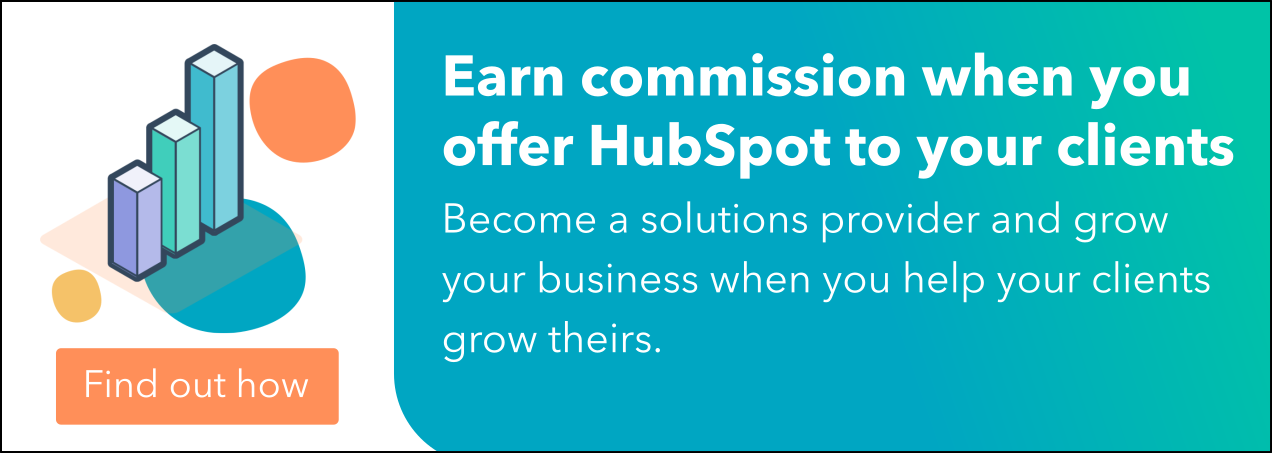We're all guilty of making these type of statements: I'm not a numbers person. I don't understand the analytics side. I'm more of a creative type. Organization has never been my "thing."

We use a statement like this as our "get out of jail free" card.
But in business, you can't avoid the things you might not be good at (unless, of course, you want to pay for it).
According to the Marketing Agency Growth Report 2018, 77% of the agency owners bootstrap their initial funding and a good 57% of them have less than three months of cashflow available.
When you run an agency, even if your skills lean toward the creative or marketing side, you need to be focused on and have an understanding of the key financial metrics that reveal the health of your firm. While your agency's goal might be to serve clients or create amazing work, your business exists to make money. And you need insight into how well it is doing at this to make informed decisions that will stabilize and grow your firm.
The below information is gathered from industry experts. Please consult a financial advisor if you have questions or are making financial decisions.
10 Financial Metrics to Measure the Performance of your Agency
Adjusted Gross Income
For agencies, focusing on gross billings has no significance for the financial health of the company. Agencies oftentimes bill clients for media buys, printing, or other large costs. The money paid to the agency simply makes a pit stop in the firm’s bank account. You need to understand this number to know if you are profitable or on the path to financial ruin.
Gross Billings - Cost of Goods Sold (COGS) = AGI
Profit
According to the Tobin Group, the average profit range in the advertising and public relations industry is 12% to 15%. Most firms attempt to achieve 20% profit. The profit should be calculated pre-tax.
Overhead
Overhead includes expenses such as rent, utilities, insurance, and technical costs -- basically anything that is a fixed cost on a monthly basis.
Overhead costs should be measured against AGI and should be between 20% and 25%.
Labor Costs
Paying close attention to your labor costs against your AGI will help keep you on track to being profitable. Most industry experts say that no more than 40% to 50% of AGI should go to salaries -- this does not include retirement and bonuses, but it should include your own salary.
Months of Cash
According to David Baker of Recourses, you should have two months of cash stored in your business account. To determine this number, take the total amount in your checking, savings, and investments, and divide this by your monthly fixed expenses.
Cash Available / Monthly Overhead Expenses = Months of Cash
Collection Time
Payment terms in the ad industry is a troublesome issue. Brands such as Mars and Mondelez International have asked for 120-day terms, and in 2013, the Association of National Advertisers (ANA) found that 43% of marketers surveyed had extended payment terms in the past year.
Understanding your collection time will reveal how much time you need to pay your own vendors and how efficient you are at collecting payments.
To find this number, first find your daily revenue:
Total Revenue / 365 = Daily Revenue
Accounts Receivable / Daily Revenue = Collection Time
You should also determine the collection times for individual accounts. If a client regularly falls outside of your overall average, you can consider alternative strategies or have a frank discussion to improve the client’s time to pay.
Debt/Asset Ratio
This metric helps you understand your financial leverage, which is used to indicate how much risk the company has assumed. Most experts say a debt-asset ratio below 0.5 is ideal, as anything above this indicates that most of the company’s assets are financed through debt.
Total Liabilities / Total Assets = Debt/Asset Ratio
Utilization
Determining your agency’s utilization rate will help you understand how efficient your firm is.
To determine the yearly calculation for your agency, use this equation:
(Number of Billed Hours/2000) X 100 = Utilization Rate Per Employee
Industry standards suggest that employees should be able to achieve a 85% to 90% utilization rate.
Gould+Partners’ data on utilization rates provides some recent benchmarks for different roles in varying sizes of agencies, location, and specialty.

The below chart is agency utilization per role by specialty and client focus.

You can also determine the utilization rate for your agency. The number should include people whose jobs are mostly or 100% non-billable as the agency needs to support management and non-client-facing roles, while also watching the size and salaries of these staff members. Profitability for an agency can be ruined by a bloated management team.
According to Recourses, the average utilization rate for an ad agency is 60%.
Effective Hourly Rate
Once you know your utilization rate, you can calculate your effective hourly rate or the baseline for billing by the hour.
First, find the hourly cost of an employee:
Salary + (% Overhead X Salary) / 2,000 Working Hours = Hourly Cost Per Employee
For example:
Account Manager Adam makes $70,000, and your agency’s overhead is 20%.
($84,000 + $14,000) / 2,000 = $42 per hour
If Adam’s utilization rate is 85%, Adam needs to charge at least $49 per hour of his time to cover the cost of his salary and the overhead. This doesn’t include any profit for the agency.
Now this number does not reflect the fact that some employees, such as accounting, do not produce billable hours. So Adam’s hourly rate should include a cost for billing these employees’ time to the client.
To do this, find the total cost of management and non-billable employees, and amortize the cost over all client-facing employees. You should be able to add a dollar amount to the hourly cost of the employee. Here’s an update example:
($84,000 + $14,000 + $7,000 Non-Billable Cost) / 2,000 = $52.50
Client Concentration
Client concentration is an important indicator of your firm’s financial stability.
In 2010, Kansas City-based agency Barkley was surprised when Sonic announced it would put its account in review. The account represented 49% of Barkley’s revenue -- the loss of which resulted in layoffs and a much-needed change in new business approach.
“Barkley’s turnaround represents one of the fastest new business runs and strings of new hires seen in local advertising during the past few years,”wrote Steve Vockrodt in the Kansas City Business Journal.
The agency added 12 new accounts in less than a year, making up 70% of the original Sonic account, and in 2013, the firm announced that no client made up more than 8% of revenue.
Client concentration is an even bigger deal for smaller firms, where taking a hit like Barkely’s is almost certainly is a death sentence.
Most industry experts and financial advisors agree that one client should not account for more than 25% of revenue.
In addition, Second Wind recommends that no more than two clients should comprise more than 12.5% of AGI, and no more than four clients should comprise more than 6.25% of AGI.











